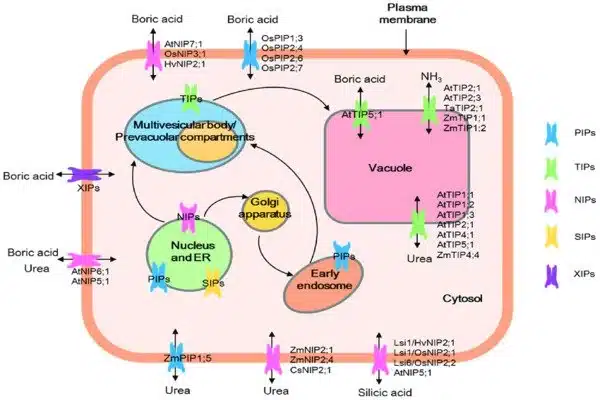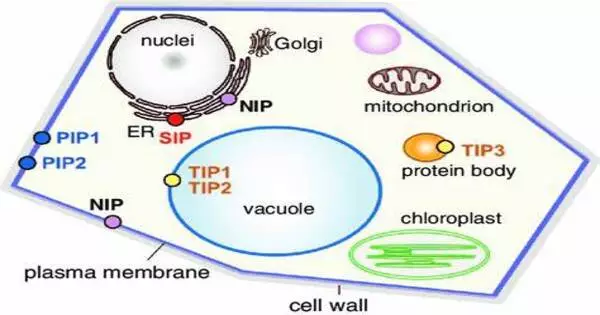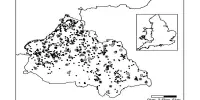Aquaporins are membrane proteins that aid in the transport of water across biological membranes and are essential in the regulation of water movement in plants. Aquaporins, which transfer water across plant cell membranes, were previously assumed to be incapable of permeating sugar molecules, but University of Adelaide researchers have seen sucrose transport in plant aquaporins for the first time, calling this notion into question.
The discovery, produced by researchers from the School of Agriculture, Food and Wine, broadens the concept of aquaporins’ role in plant biology and has implications for plant bioengineering for food production and plant survival.
Aquaporins, a type of membrane protein known as a water-transporter, were discovered in 1993 by American molecular biologist and Nobel Laureate Peter Agre. Water penetration in tiny molecules was well understood at the time, but it was uncertain whether aquaporins could permeate bigger molecules like sucrose.
We used nanobiotechnology, electrophysiology, protein chemistry, protein modelling and computational chemistry. We also integrated vast experimental and theoretical data with phylogenomics exploring around 3,000 aquaporins.
Professor Maria Hrmova
This has now been proven, with researchers using a multidisciplinary method to study the metabolic process in HvNIP2;1, a Nodulin 26-like Intrinsic Protein identified in barley.
“We used nanobiotechnology, electrophysiology, protein chemistry, protein modelling and computational chemistry. We also integrated vast experimental and theoretical data with phylogenomics exploring around 3,000 aquaporins,” said the University of Adelaide’s Professor Maria Hrmova.
HvNIP2;1 is different from other sub-clades of aquaporins in that it has altered structural characteristics and thus it acquired the ability to transport saccharides. Researchers are interested to see what other functions it may serve and how this relates to in planta function.
“We also performed full-scale steered molecular dynamics simulations of HvNIP2;1 and a spinach aquaporin — a structurally and functionally divergent aquaporin compared to HvNIP2;1 — revealing potential rectification of water, boric acid, and sucrose. This will be the subject of future studies,” said Professor Hrmova.

The discovery has been published in the Journal of Biological Chemistry, a forum for fundamental research at the intersection of biochemistry, biophysics and biology, and demonstrates the importance of questioning assumed knowledge.
“This work exemplifies that we need to be more open-minded about what different aquaporins may permeate, besides water,” said the paper’s co-author, Professor Steve Tyerman, who previously revealed ion permeation in plant aquaporins.
“Water may be secondary to other important molecules in aquaporins, or some may be co-transport water and other molecules by virtue of a vast array of protein-ligand interactions,” stated Dr. Hrmova.
Understanding aquaporin features is critical for bioengineering in order to build novel proteins with superior qualities such as substrate selectivity, thermostability, and folding.
These features are critical to plant survival because they mediate water and nutrient intake, regulate solute distribution through plants, eliminate toxins from the cytosol, and recycle important sugars.
Aquaporins and other membrane transporters, due to their gatekeeping functions, are appealing targets in agricultural biotechnology for increasing nutrient contents in edible parts of crop plants while excluding toxic-elements, which together directly affect crop quality and, ultimately, sustainable food production.
















